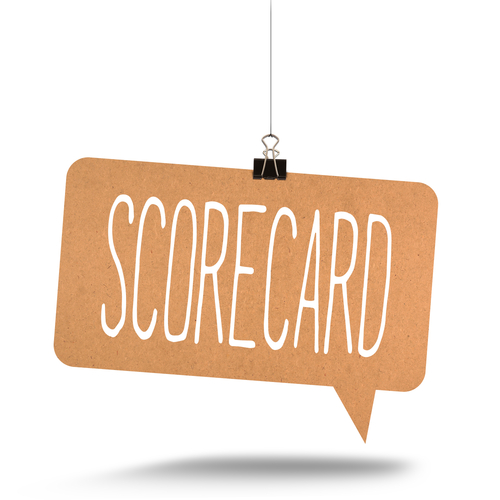Quality control in your call center is absolutely critical to maintaining customer satisfaction. Surveys have shown that huge numbers of customers will stop doing business with a company if they receive poor customer service over the phone. But the bigger your call center gets, the more difficult it is to keep tabs on all your agents and their performance. The easiest way to maintain a high level of customer service in your call center is to develop a call center scorecard that is used on a regular basis to evaluate agent performance. That said, almost as important as using a scorecard is actually creating one that will provide you with meaningful and valuable data that can be translated into improvements in customer satisfaction. Here are three key considerations when creating your best call center scorecard.
- Choose the Right Metrics
If your scorecard is too short, you won’t be able to collect enough data to make meaningful changes in your call center. If it’s too long, you won’t be able to evaluate enough calls to recognize any patterns or areas of improvement. But it’s not just the length/number of questions you need to get right, it’s the questions themselves. Every single question or metric you decide to measure in your scorecard needs to tell you something important and needs to be something you can act upon if needed. For example, one of your metrics might be “agent took notes during the call.” This is a good metric, but it’s not great. You may have a call during which notes were taken, but they were brief, vague or not helpful. A more precise metric would be “agent took notes of the reason for the call and any steps that were taken toward resolution.” If this metric is not met, you have specific feedback you can give to the agent on how they can improve.
- Consult Agents and Customers
As a call center manager or supervisor, you likely have goals that you want your call center to achieve. While meeting these goals can and should factor into your scorecard, there are also likely situations that take place during customer service calls that you don’t know about but play an equally important role in achieving high customer satisfaction. To discover what these are and incorporate them into your scorecard, you need to consult with both agents and customers. If there’s a metric on your scorecard that agents are repeatedly failing to meet, discuss with them whether this is an issue with their training, their performance, or the metric itself. These conversations can help you fine-tune the scorecard to better reflect the experience agents are having on calls. Likewise, offer customers the opportunity to provide feedback via post-call surveys or follow-up requests for feedback via phone or email. You might be missing something on your scorecard that customers find important; something that, once discovered, can be prioritized and incorporated into your scorecard as well.
- Make Scoring Easy
This step is for managers, supervisors, or whoever is evaluating calls. Since your scorecard will include different types of metrics, there will likely be different types of scoring including, from Pass/Fail to scoring on a scale of 1-5 or 1-10. When possible, try to make this as simple as possible. You don’t want your evaluator spending extra time trying to determine whether the agent’s performance was a 7 out of 15 or closer to a 10 out of 15. The easier it is for these folks to complete evaluations, the more they will be able to do and the faster you will be able to make meaningful changes in your call center.
The good news: CallShaper’s cloud-based call center software comes equipped with a built-in, easy-to-edit call center scorecard at no additional cost. To learn more about the other helpful features you can get, contact us today.


Leave A Comment